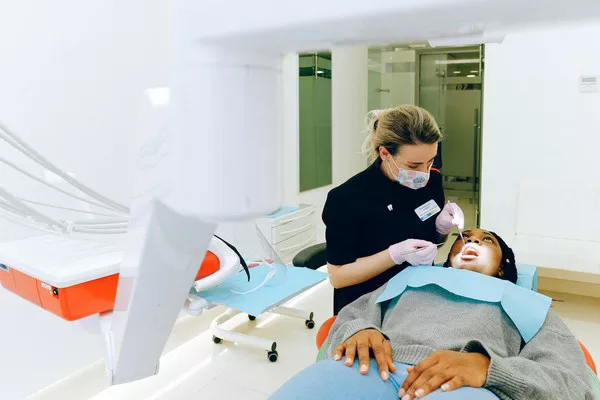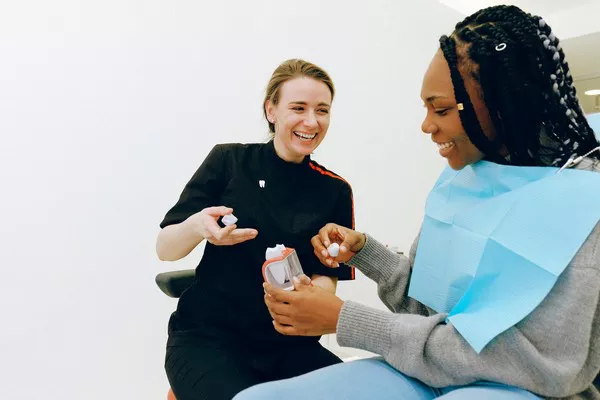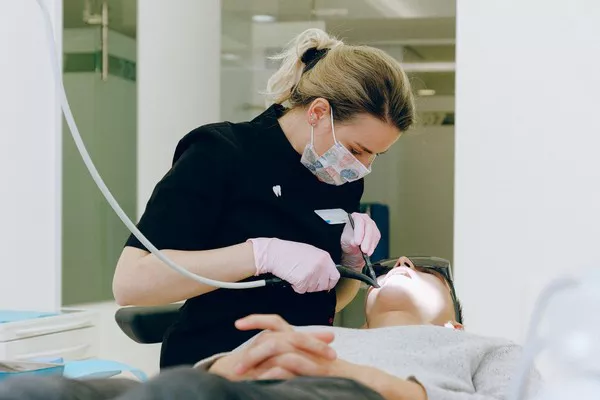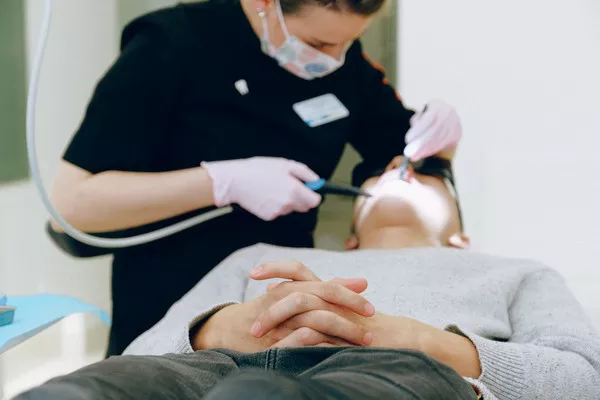A dazzling smile can leave a lasting impression, and teeth whitening strips have become a popular choice for achieving a brighter, whiter smile. However, it’s essential to understand how often you can safely use these strips to maximize their benefits without compromising your dental health. In this article, we will explore the factors involved in determining the ideal frequency of teeth whitening strip usage to help you maintain a healthy and radiant smile.
Understanding Teeth Whitening Strips:
Teeth whitening strips are thin, flexible plastic strips coated with a peroxide-based gel. When applied to the teeth, these strips work by releasing oxygen ions that penetrate the enamel and break down stains, revealing whiter teeth. It is crucial to comprehend the science behind teeth whitening strips to make informed decisions about their usage.
How do teeth whitening strips work?
Teeth whitening strips typically contain hydrogen peroxide or carbamide peroxide as the active ingredient. These compounds react with the discolored molecules on the tooth surface, effectively bleaching away stains. The oxygen released by the peroxide penetrates the enamel and dentin layers, targeting deep-seated discoloration.
Evaluating the effectiveness and limitations of teeth whitening strips:
Teeth whitening strips are known for their convenience and affordability compared to professional treatments. They can produce noticeable results, particularly for mild to moderate tooth discoloration. However, it’s important to recognize their limitations, as they may not be effective for severe stains or discoloration caused by internal factors like trauma or medication.
Determining Optimal Frequency:
The frequency at which you should use teeth whitening strips depends on several factors. It is essential to strike a balance between achieving desired results and ensuring the long-term health of your teeth and gums.
Assessing your current dental health and sensitivity level:
Before starting any teeth whitening regimen, evaluate your oral health. If you have cavities, gum disease, or dental restorations like crowns or veneers, consult with a dentist to ensure that whitening strips are appropriate for you. Additionally, individuals with sensitive teeth or gums may need to adjust the frequency of usage to avoid discomfort.
Professional guidance from a dentist or dental professional:
A dentist is the best source of personalized advice regarding teeth whitening. Schedule a consultation to discuss your goals, evaluate your oral health, and receive recommendations on the frequency and duration of strip usage based on your specific needs.
Considering desired results and oral health balance:
Teeth whitening strips can produce initial results within a short period. However, it’s important to prioritize the long-term health of your teeth. Overusing whitening strips can lead to tooth sensitivity, enamel erosion, and gum irritation. Strive for a balance between achieving desired results and maintaining optimal oral health.
Gradual versus intensive whitening approaches:
Teeth whitening strips are available in various concentrations and treatment durations. Gradual whitening approaches involve using lower concentrations of peroxide over an extended period, while intensive approaches utilize higher concentrations for shorter durations. Consult with your dentist to determine which approach aligns with your oral health status and goals.
Optimizing Results and Maintaining Dental Health:
To maximize the effectiveness of teeth whitening strips and maintain a healthy smile, follow these guidelines:
Preparing your teeth for whitening strip application:
Brush and floss your teeth before applying the whitening strips to ensure optimal contact with the tooth surface. This step removes plaque and debris, allowing the whitening gel to penetrate effectively.
Proper application techniques:
Carefully read and follow the instructions provided with the teeth whitening strips. Apply the strips evenly and avoid overlapping onto the gums to minimize potential irritation. Use gentle pressure to ensure good adherence.
Longevity of whitening results:
After completing a teeth whitening treatment with strips, avoid consuming staining substances such as coffee, tea, red wine, or tobacco products for at least 24-48 hours. Maintaining good oral hygiene practices by brushing twice daily and flossing regularly can also help prolong the results.
Combining teeth whitening strips with other whitening methods:
Teeth whitening strips can be complemented with other whitening techniques, such as whitening toothpaste or mouth rinses. However, it’s crucial to use these products in moderation and follow the instructions carefully to prevent overuse and potential sensitivity.
How long should you wait between whitening strips?
The waiting period between whitening strips can vary depending on the specific product and its instructions. It is crucial to carefully read and follow the manufacturer’s guidelines for the recommended usage frequency and duration. Generally, most whitening strip manufacturers suggest waiting 24 hours before applying a new set of whitening strips.
This waiting period allows for the teeth and gums to recover from the previous treatment and reduces the risk of sensitivity or potential adverse effects. Giving your teeth time to rest and rejuvenate between treatments also helps maintain the overall health and integrity of the enamel.
It is important not to exceed the recommended usage frequency specified by the manufacturer. Overusing whitening strips can lead to tooth sensitivity, gum irritation, or enamel damage. If you have any concerns or questions about the appropriate waiting period or usage frequency, it is advisable to consult with a dental professional who can provide personalized guidance based on your individual needs and oral health condition.
Conclusion:
Teeth whitening strips offer a convenient and affordable solution for achieving a brighter smile. However, understanding the science behind these strips, determining the optimal frequency of usage, and prioritizing oral health are key to maximizing their benefits. Consultation with a dentist or dental professional is essential to assess your specific needs and ensure safe and effective usage. By following best practices and maintaining good oral hygiene, you can confidently embrace the journey towards a radiant and healthy smile.
Related Topics:
































